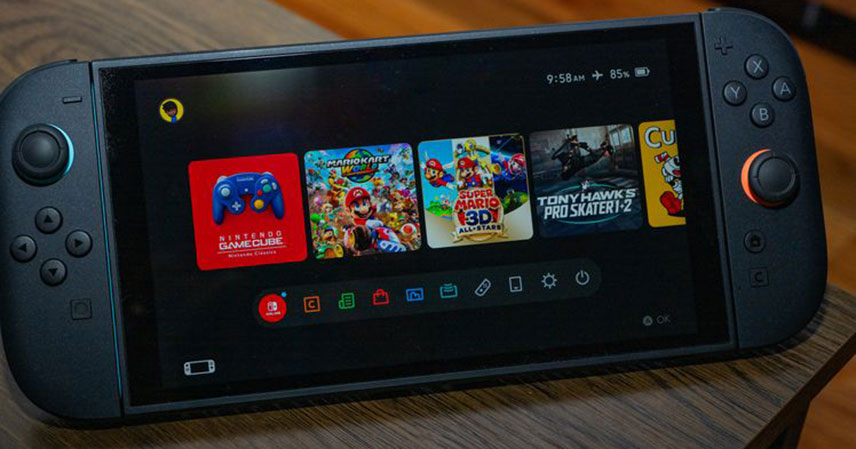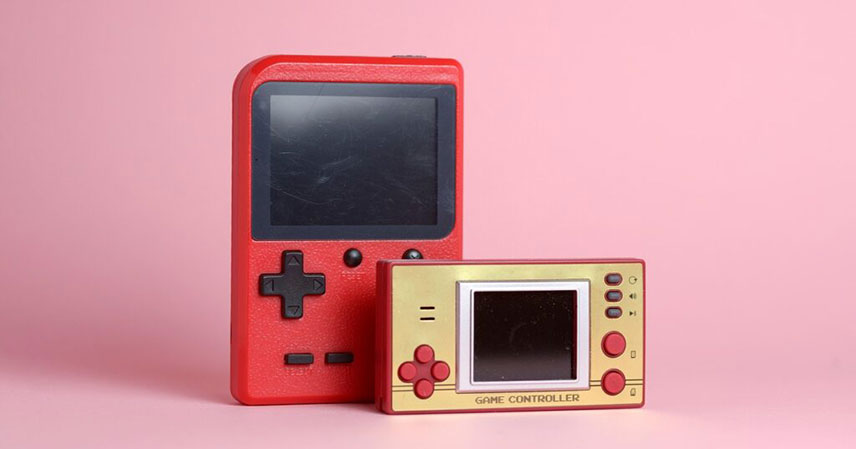The Nintendo Switch 2 has been lauded as a phenomenal leap forward in handheld gaming, boasting impressive performance and stunning visuals. However, a potential drawback is emerging that could dampen the enthusiasm of some players: storage space. While the console offers a significant upgrade from its predecessor, the rapidly increasing game sizes are quickly filling up the 256GB internal storage, leaving many gamers facing the dreaded “storage full” message sooner than expected.
This blog post delves into the Switch 2’s storage situation, examining the reasons behind the rapid fill-up, the implications for gamers, and potential solutions. We’ll explore the advantages and disadvantages of both digital and physical game formats in the context of the new console.
The Switch 2’s Storage Capacity: A Closer Look 💾
The Switch 2 boasts a substantial 256GB of internal storage, a significant jump from the original Switch’s meager 32GB. This seems generous at first glance, especially considering the relatively small system software footprint of just over 6GB. However, this leaves approximately 249GB for games and other data – a number that’s quickly shrinking for many users.
Why is Storage Filling Up So Fast? 🤔
The rapid consumption of storage space on the Switch 2 is primarily due to two factors: enhanced game performance and GameKey Cards. The Switch 2’s improved capabilities, such as 4K HDR output, necessitate larger game files. This means that even seemingly smaller games require considerably more storage than their Switch counterparts.
While Nintendo’s first-party titles generally remain relatively compact, many third-party developers are not as efficient. Games are becoming increasingly complex and detailed, leading to larger download sizes. This is further compounded by the fact that many third-party Switch 2 games are released on GameKey Cards.
The Impact of GameKey Cards 🎮
GameKey Cards represent a significant shift in how physical games function on the Switch 2. Unlike traditional game cartridges, GameKey Cards only contain a digital download key. The game itself still needs to be downloaded to the console’s internal storage, meaning that even physical purchases contribute to filling up your storage space. While this might seem insignificant at first, the widespread adoption of GameKey Cards by third-party developers drastically increases the demand for internal storage.
This approach, while potentially beneficial for game updates and patching, effectively negates the primary advantage of physical media: saving internal storage. The irony isn’t lost on many gamers who find themselves wrestling with storage issues despite buying physical copies.
The Rise of Larger Game Sizes 📈
The Switch 2’s improved graphical capabilities and processing power directly contribute to larger game file sizes. Games with high-resolution textures, detailed environments, and complex physics engines require significantly more storage space than their predecessors. This is especially true for open-world games and those with extensive in-game content.
While some developers, like Nintendo, have demonstrated an ability to optimize game sizes effectively (as seen with Mario Kart World and Donkey Kong Bananza), others have not been as successful. This disparity in optimization efforts contributes to the storage issue.
What Are the Options for Gamers? 🤔
Gamers facing storage limitations on their Switch 2 have limited options. Expanding storage via microSD cards is a viable solution, but it adds extra cost. Careful game management, including deleting games you’ve finished, is crucial. Prioritizing which games to keep installed can help manage storage effectively. The question remains whether the convenience of digital downloads outweighs the storage concerns.
Key Takeaways 🔑
- The Nintendo Switch 2’s 256GB internal storage, while an upgrade, fills up quickly due to larger game sizes.
- GameKey Cards, used for many third-party physical games, require downloading the entire game, negating the space-saving benefit of physical copies.
- Increased game complexity and improved graphics contribute to larger file sizes.
- MicroSD card expansion is a viable, but costly, solution.
In conclusion, while the Nintendo Switch 2 is a powerful and enjoyable console, its storage limitations represent a significant concern for many users. Nintendo and third-party developers need to address this issue to ensure a positive user experience. Until then, gamers must carefully manage their storage to avoid constantly deleting games to make room for new ones.
Source: The Nintendo Switch 2’s Biggest Problem Is Already Storage



